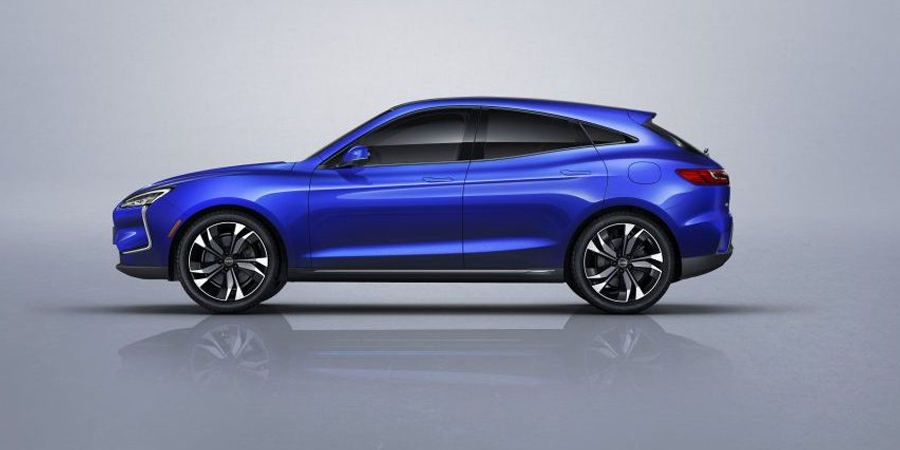SF Motors presents serial version of electric SUV SF5
The US-Chinese manufacturer will present the serial version of its compact electric SUV SF5 first shown in 2018. It will run under the Seres label from the third quarter of 2019 with pre-orders to start at the Auto Shanghai.
As far as the SF5’s performance is concerned, customers can expect the production model to have a range of 300 miles (almost 500 km). A 90 kWh rechargeable battery sits inside the electric generator for this purpose. As motor output, SF names 510 kW and 1040 Nm torque. The sprint from 0 to 100 km/h should be accomplished in 3.5 seconds; the top speed is capped at 250 kph.
The startup also announced a version with a range extender and a smaller 33 kWh battery. With a top speed of 230 kph and acceleration to 100 kph in 4.8 seconds, making this version more leisurely than the battery-electric version.
SF Motors has not provided any information on charging yet. However, both types will probably have a V2V function, i.e. so that one EV can charge another. The prices will also likely be mentioned at the Auto Shanghai.
The Silicon Valley-based company unveiled its first two electric models in March 2018. While the SF5 plays in the league of compact SUVs, the SF7 is a much larger crossover SUV. The company prides itself on being the only pure electric car manufacturer to date that will soon have production capacities in China and the USA. As an output, SF Motors is aiming to reach the 50,000 car mark annually at its production facility in the US state of Indiana (a former Hummer factory). In its production facility in Chongqing, China, up to 150,000 electric cars are to be produced annually.
The development history of the two debut electric cars reflects the startup’s international orientation: a studio in California designed the exterior, while German partner sign responsible for the SUVs interior. In contrast to many other Chinese companies, SF Motors not only has the advantage of being supported by its parent company Sokon, but also has research, development and design activities in the United States, China, Germany and Japan.





0 Comments